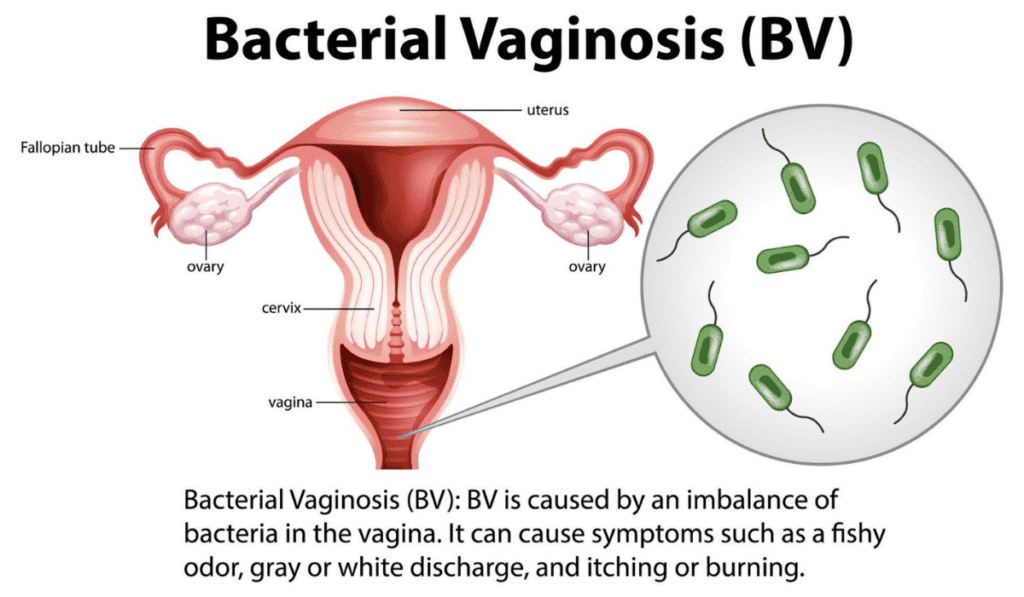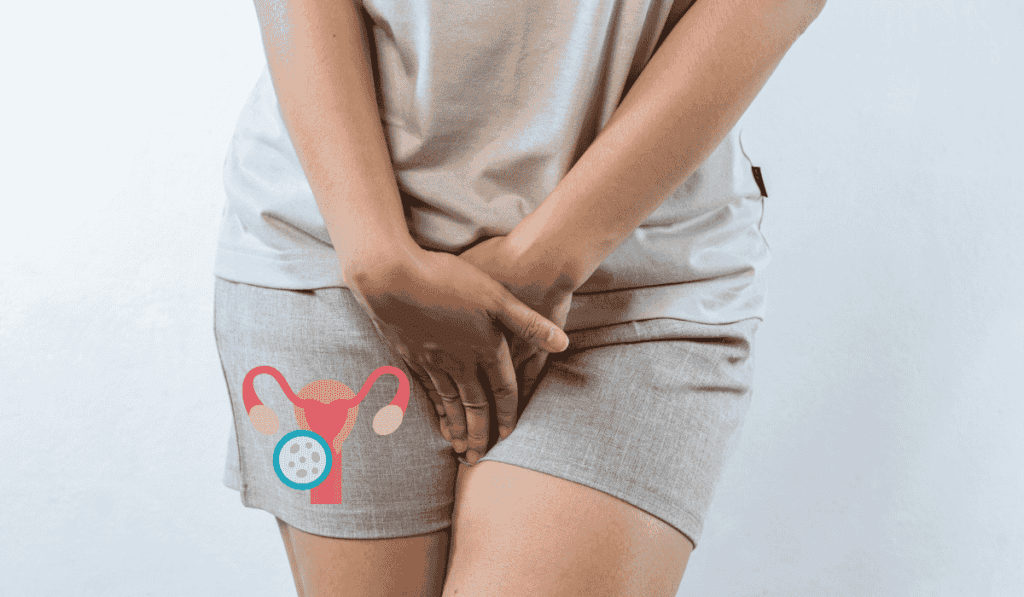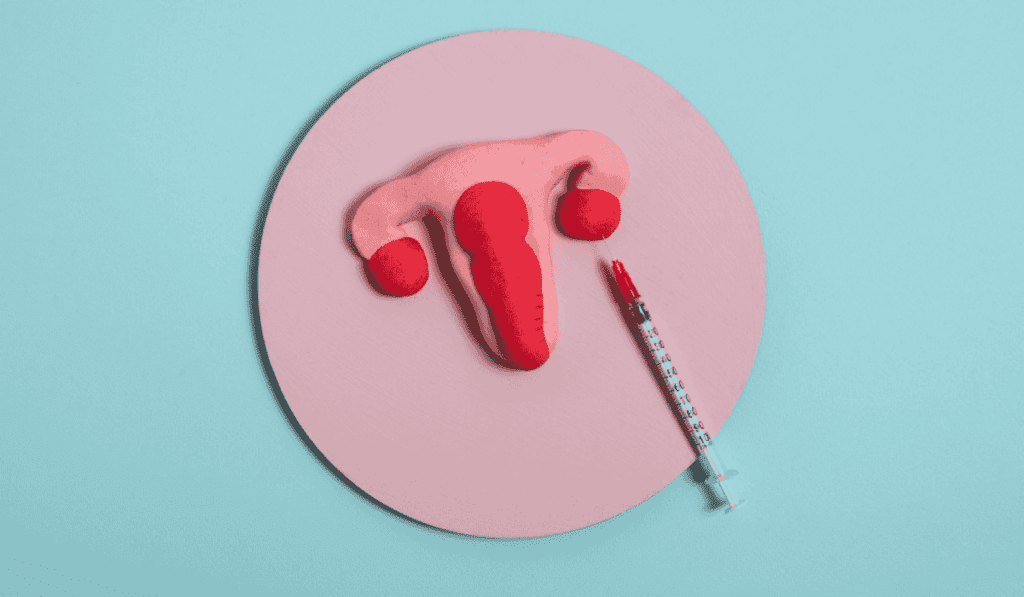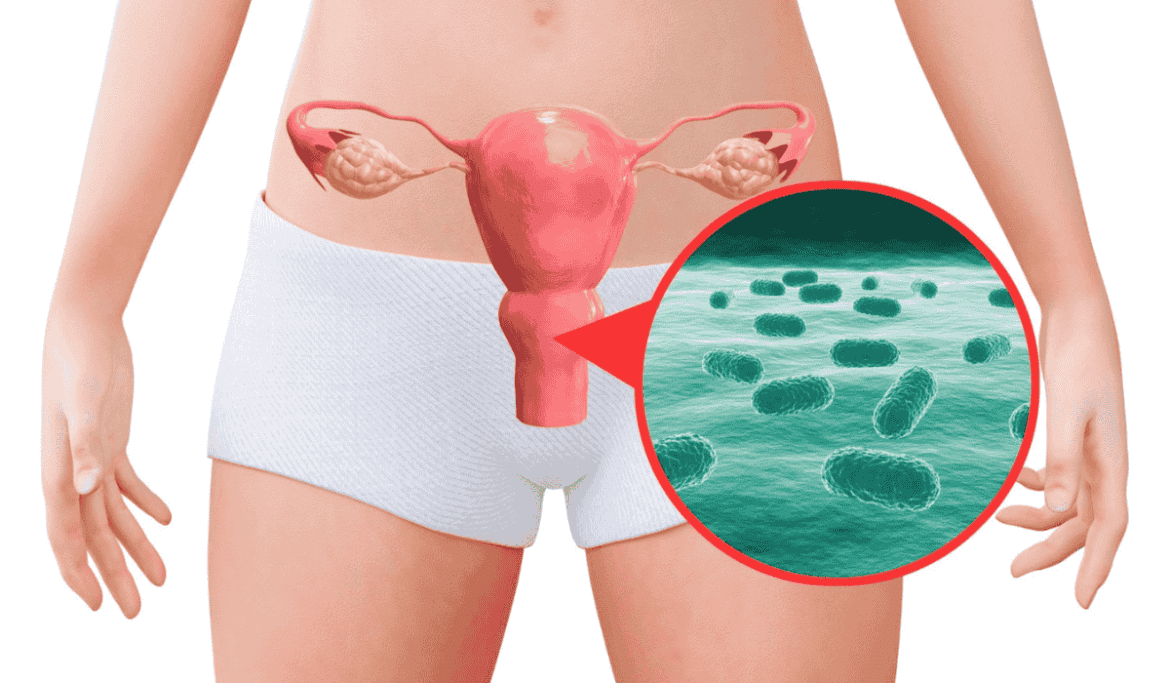What is BV Bacterial Vaginosis?
BV Bacterial Vaginosis is an infection that occurs when the bacterial ecosystem in the vagina is out of balance. Sexual relations do not directly cause BV, but they can increase the chances of developing it. BV can lead to discomfort, abnormal discharges, and an unpleasant odor. Not knowing how to manage BV can result in more severe consequences, such as potential pelvic inflammatory disease (PID) and pregnancy complications, making education surrounding treatment essential to women’s reproductive health.
What Causes BV Bacterial Vaginosis?
The disruption of the equilibrium between good and bad bacteria in the vagina is known as BV. Some of the primary causes are enumerated in the following section:
- Douching: Eliminates good bacteria and alters the pH imbalances.
- Multiple Sexual Partners: Other people may take care of their health differently and exacerbate imbalance.
- Unprotected Sex: By injecting semen the woman’s vagina can create an imbalance and susceptible to BV.
- Poor Hygiene: Not taking enough responsibility for cleaning may overpopulate harmful bacteria.
- Antibiotic Use: A treatment of antibiotic leads to a deficiency of bacteria within the natural balance.
- Hormonal Changes: During menstruation, pregnancy and post-menopause can change the bacterial population in the vagina.

Common Symptoms of BV Bacterial Vaginosis
Patients suffering from BV can have different levels of discomfort, ranging from dramatic pain to no pain at all. Common symptoms are:
- Strong Fishy Odor: Notable after sexual intercourse.
- Vaginal Itching: Chafing or discomfort ranges between mild to severe.
- Burning Sensation: Notable during urination.
- Redness & Swelling: Rarely, but some might have it.
How is BV Bacterial Vaginosis Diagnosed?
A healthcare provider can diagnose via:
- Physical Examination: Looking for signs of an infection.
- pH Test: If vaginal pH is greater than 4.5, it indicates BV.
- Microscopic Examination: Searching for overgrowth of bacteria.
- Whiff Test: Identifying the fishy odor with potassium hydroxide.
BV Bacterial Vaginosis In Various Age Groups
BV Among Young Women (18-30 Years)
Due to constant fluctuations of hormones, use of hormonal birth control and a more active sex life, young women may be more prone to this disease. Basic hygiene, use of protective barriers and avoiding douching should do the trick.
BV Among Middle Age Women (30 to 50 Years)
BV can be triggered by pregnancy or perimenopausal hormonal changes. Women in this age group should protect their vaginal health with probiotics and avoid lovingly scented soaps and other irritants.
BV Among Older Women (50 Years and Above)
Women who are post-menopausal tend to have lower levels of estrogen resulting in dry vaginas and thus greater chances of bacterial vaginosis. This can be countered by using vaginal moisturizers and probiotics to maintain a healthy balance.

BV Bacterial Vaginosis in Different Genders
BV in Women
For now, expect BURST to focus primarily on women, as they are the ones primarily MV issues relate to. Women develop vaginosis, or BV as we will refer to it, the most common type of vaginal infection. A healthy microbiome must be maintained through hygiene, probiotics, and medical treatment, if required, for BV in women.
BV in Men
Men do not develop BV, but indeed carry bacteria that may increase the risk of their partner getting an infection. Proper hygiene and safe sex practice will reduce transmission.
BV in Transgender Individuals
People who identify as trans, but have a vagina can get vaginosis. Hormonal therapy as well as lifestyle can augment health of the vagina. People are advised to see a physician who knows their health history and assist them accordingly.
Effective Treatments for BV Bacterial Vaginosis
A doctor can prescribe medications for BV. The most common treatments include:
- Antibiotics: Metronidazole (Flagyl) or Clindamycin orally or in a gel.
- Probiotics: For restoration of healthy bacteria in the vagina.
- Boric Acid Suppositories: Occasionally recommended for reoccurring BV.
- Lifestyle Changes: No douching and maintaining hygiene.
Home Remedies for BV Bacterial Vaginosis
Natural remedies can help ease mild cases of BV, but medical treatment is ideal:
- Yogurt: Probiotic yogurt aids in healthy bacteria.
- Garlic: Has antibacterial qualities.
- Apple Cider Vinegar: Useful for vaginal pH balance.
- Tea Tree Oil: Antimicrobial oil (must be diluted and used cautiously).

How to Stop BV Bacterial Vaginosis from Occurring
It’s always easier to prevent BV rather than constantly treating it. Here are tips that one may find useful:
- Practice Good Hygiene: Always clean yourself with a wipe from the front to the back direction after using toilets.
- Avoid Douching: It can remove normal bacterial flora, which is not a great idea.
- Use Protection: Barrier protection reduces the chances of getting bacterial vaginosis.
- Wear Breathable Cotton Underwear: Such under garments do not trap heat, hence less moisture.
- Drink More Water and Improve Your Overall Diet: This will help with enhancement of all-round vaginal wellbeing.
Long & Detailed Conclusion
BV Bacterial Vaginosis is a common but manageable vaginal infection which occurs with pre-existing different bacterial types such as in a normal healthy vagina. Not an STI, relates somehow the BV gets affected during intercourse and also due to other lifestyle habits. The problem is that it has some symptoms like unusual discharge, fishy odor, pain which arise most of the time, hence it becomes so important to look after it.
To treat BV, antibiotics and probiotics are used together with lifestyle modifications to help restore vaginal health. Medical help is important in case of recurring infections, and home remedies like yogurt, garlic, and tea tree oil may help. Preemptive actions like maintaining hygiene, not douching, and practicing safe sex can reduce the chances significantly.
BV can be experienced by women of all ages differently. Younger women need to maintain hygiene, middle-aged women need to manage hormone levels, and post-menopausal women need to deal with vaginal dryness. Men do not suffer from BV but can harbor the bacteria responsible for infecting their partner.
Women are empowered to maintain good vaginal health through an understanding in BV, its causative factors, signs and symptoms, and treatment options. By self-managing steps taken, women can mitigate the increased further issues BV complications may bring. Seeking capable medical healthcare if symptoms persist will ensure proper diagnosis and treatment. Managing vaginal health leads to improved general health and boosts confidence.

